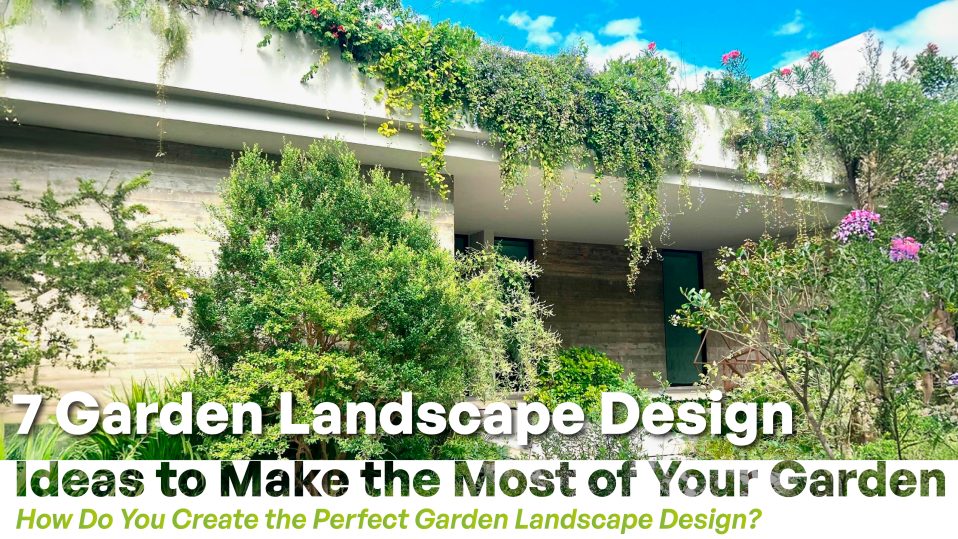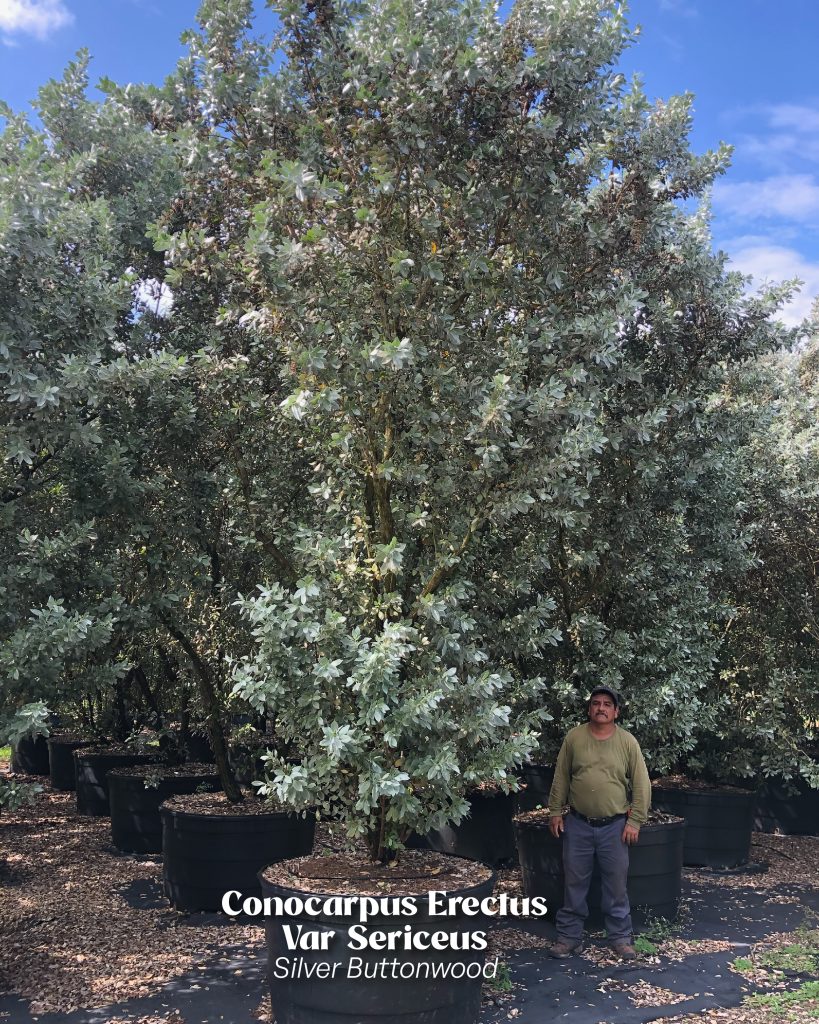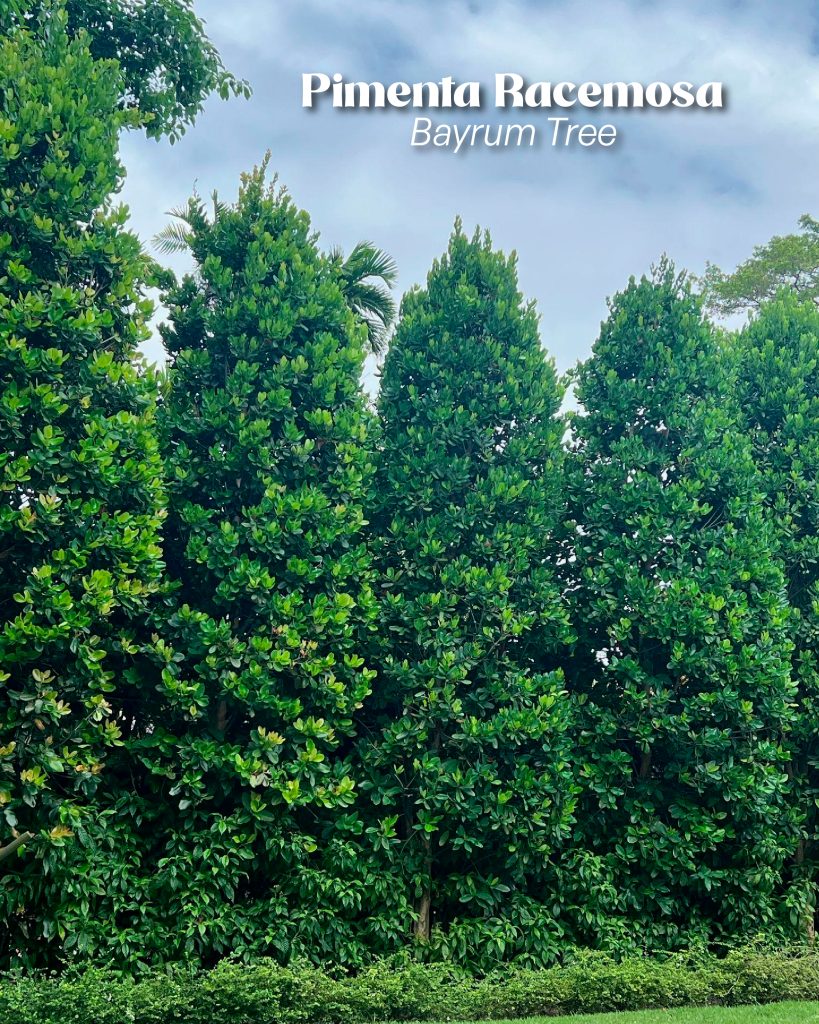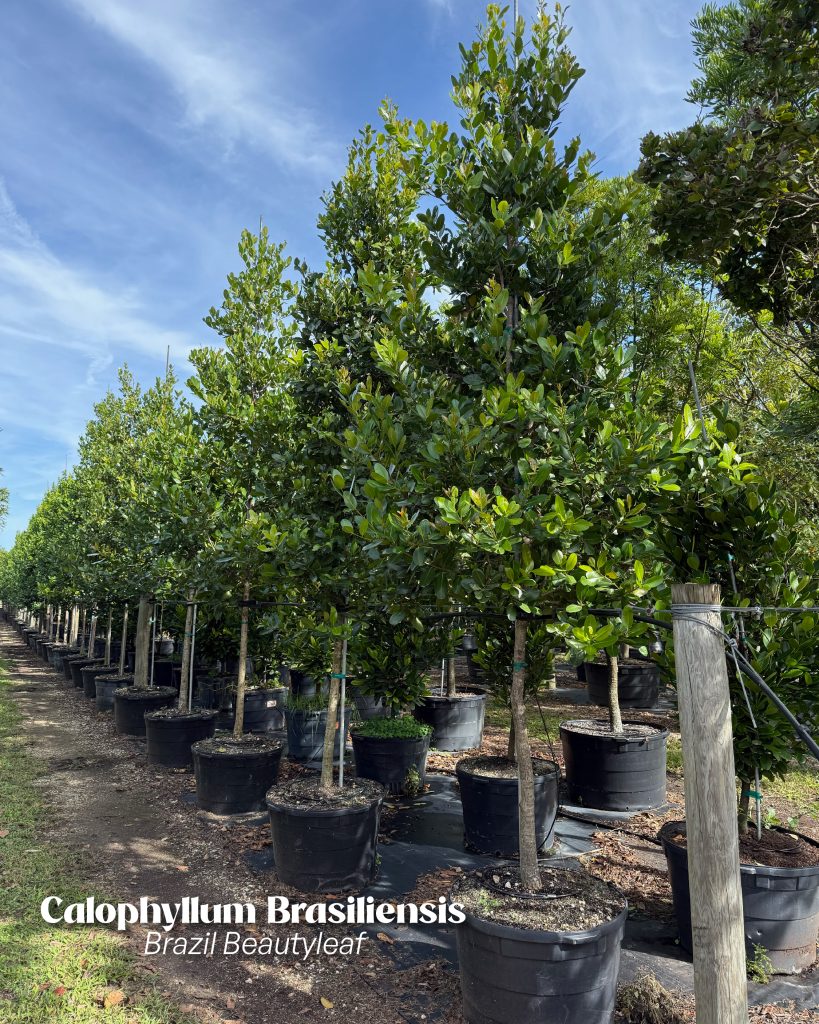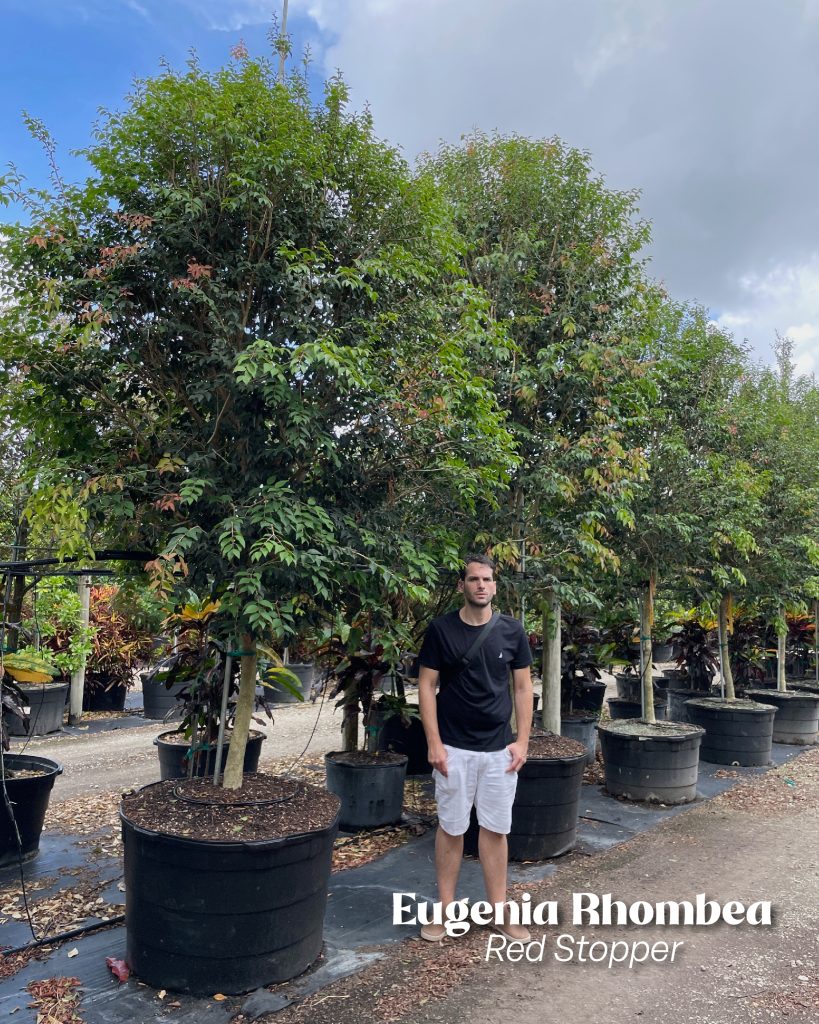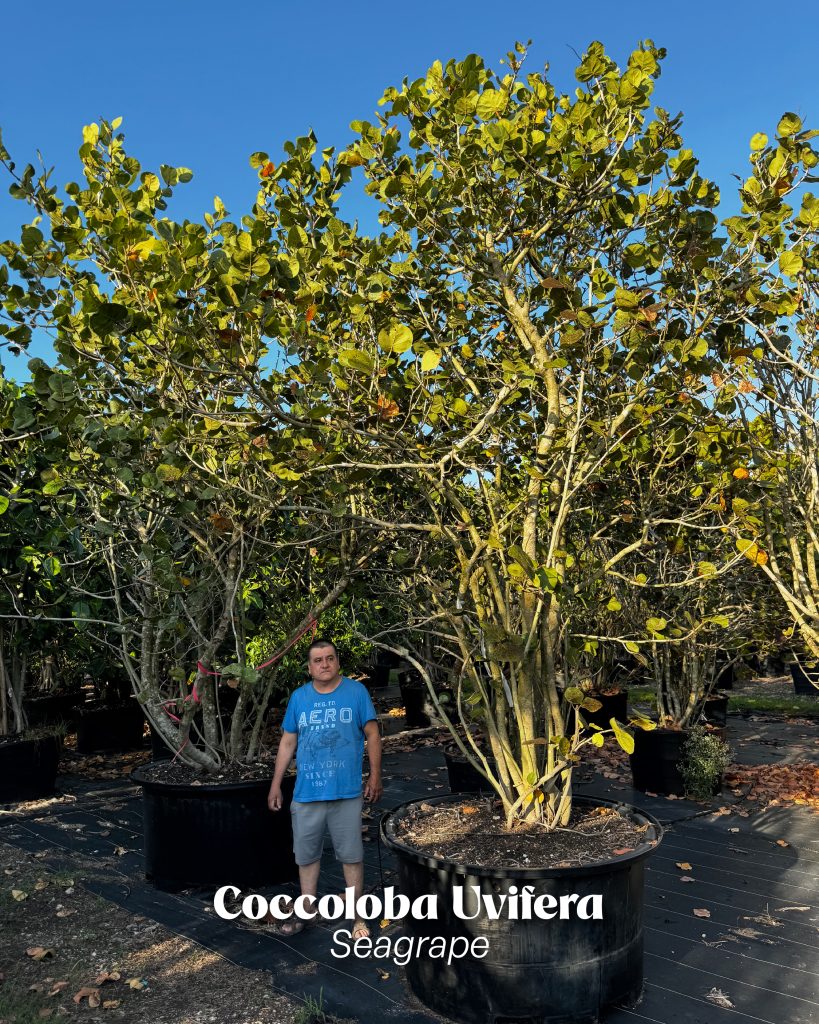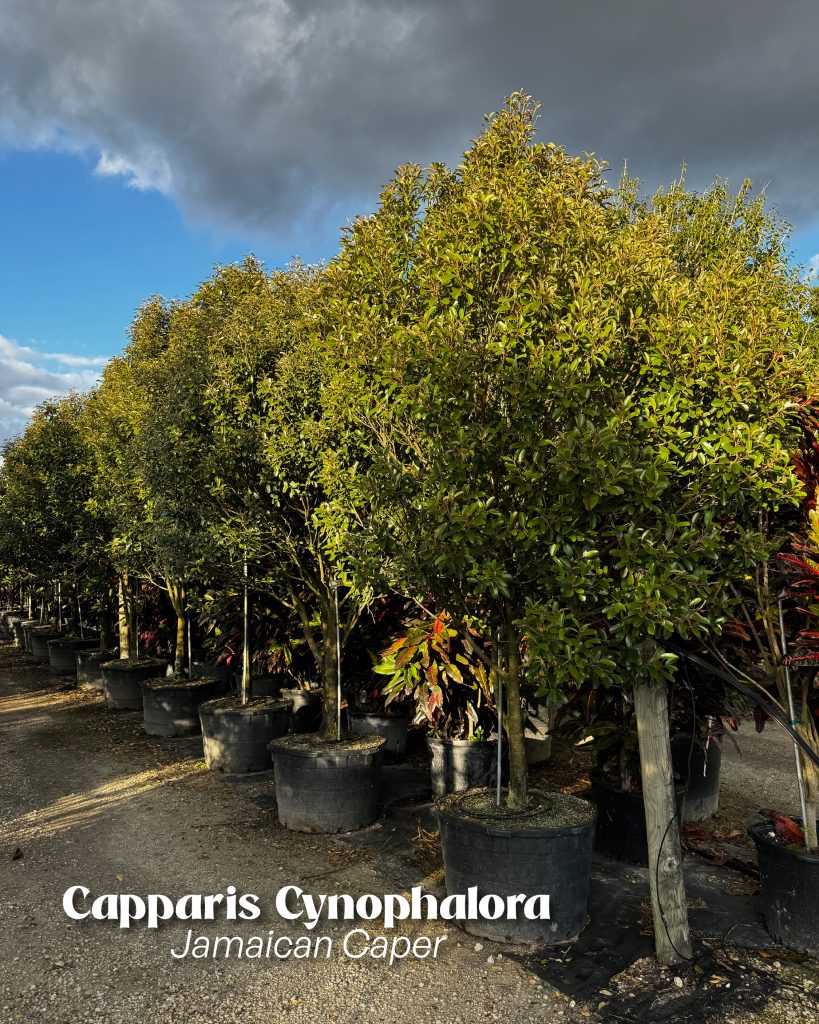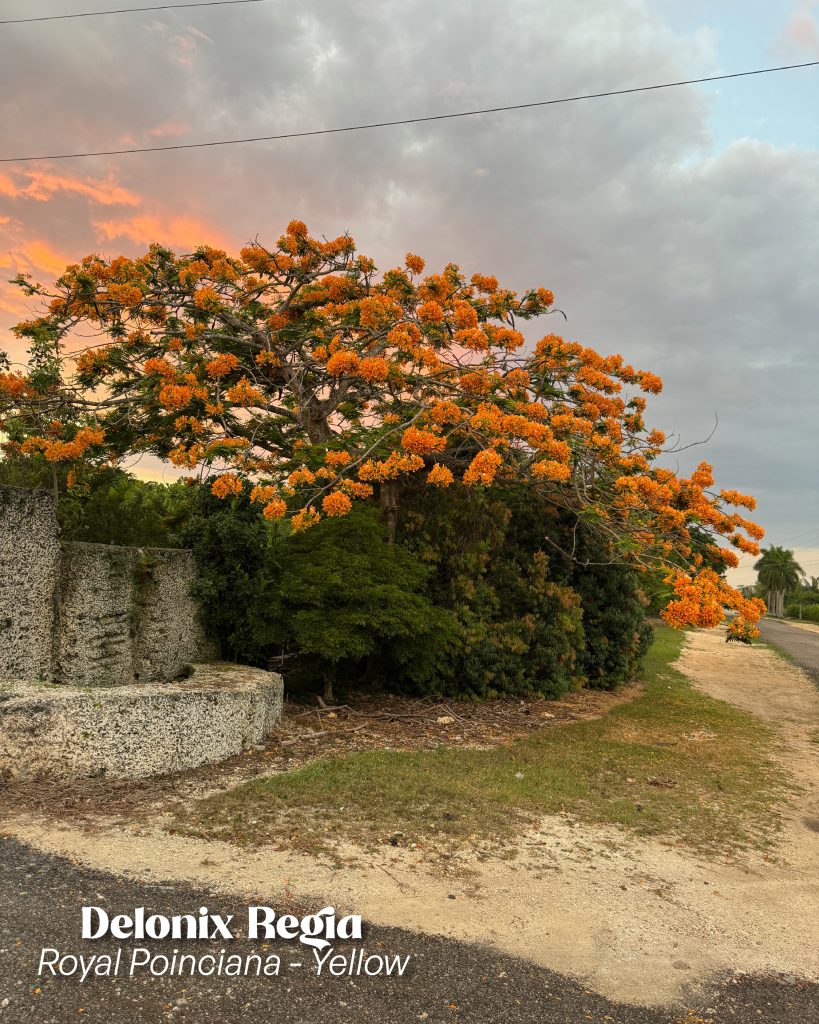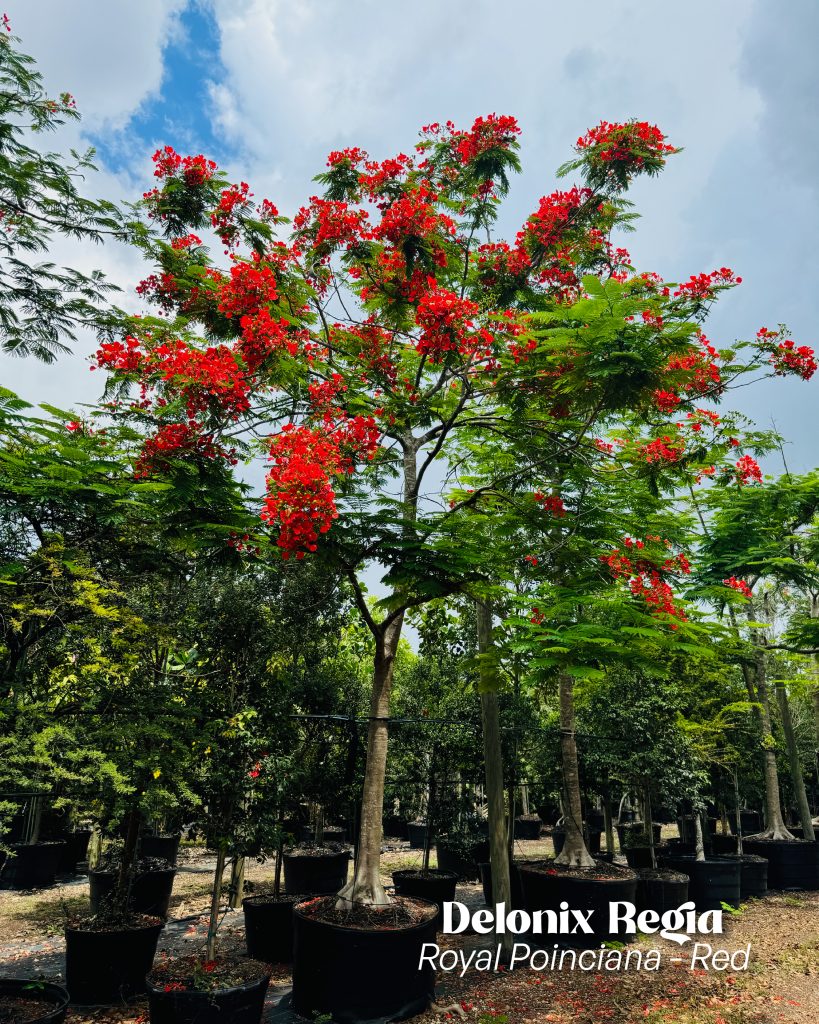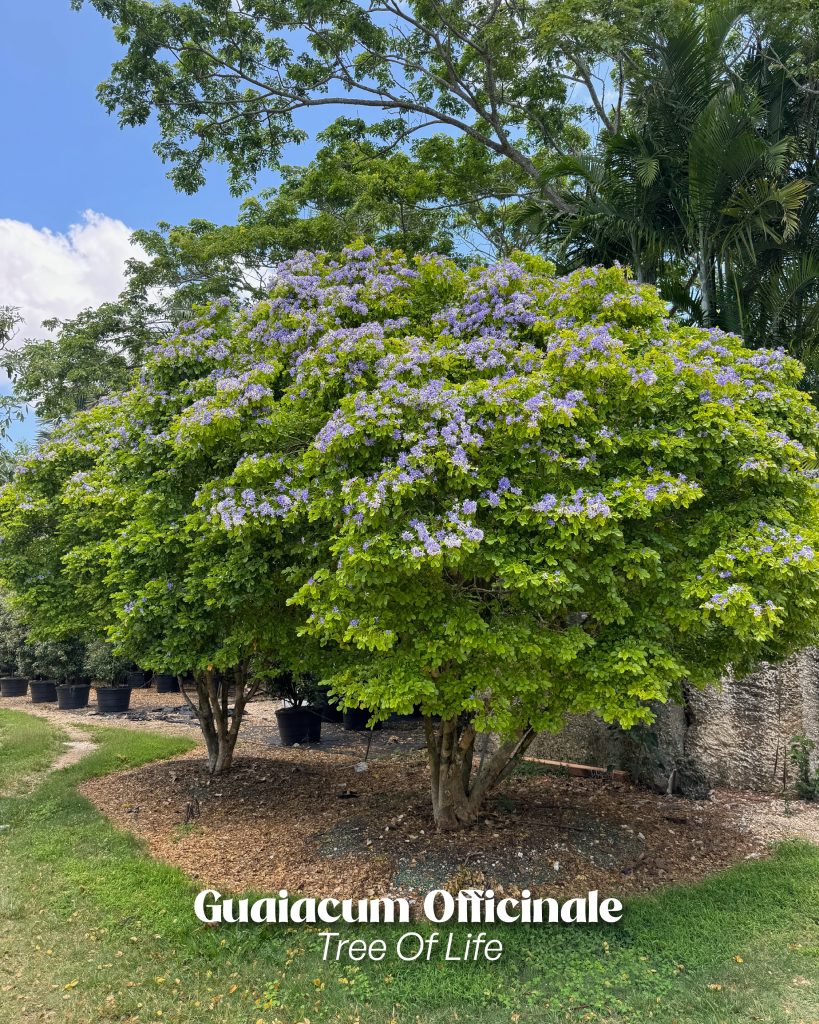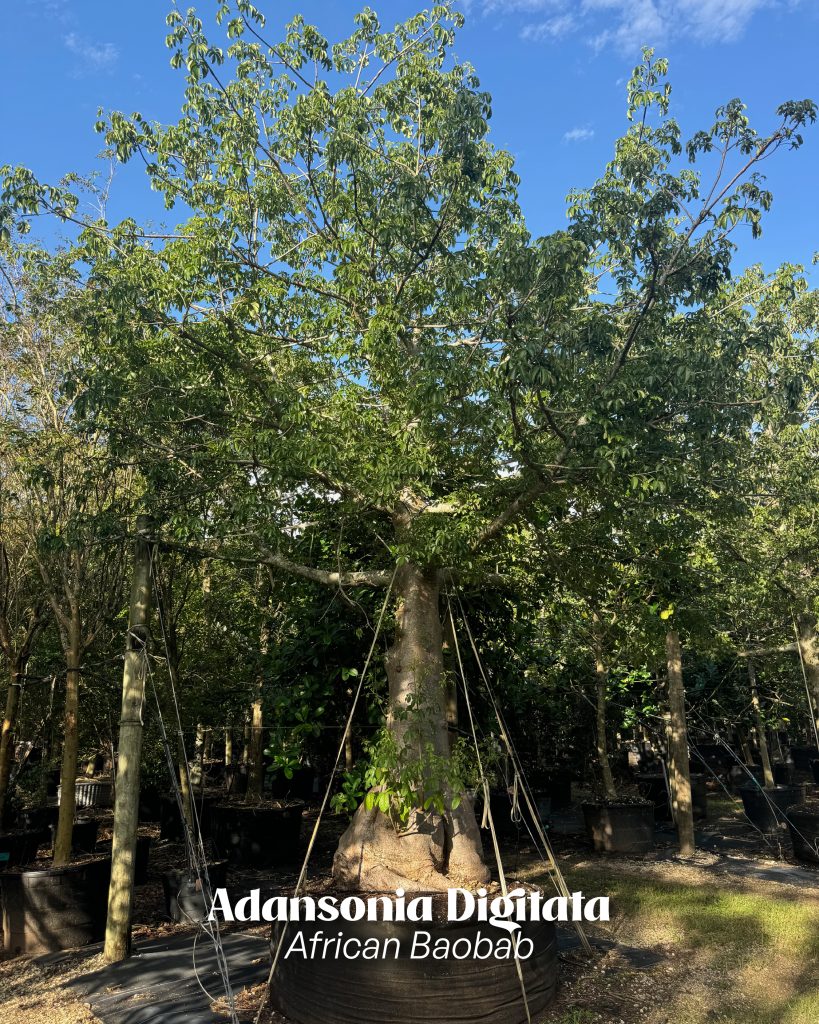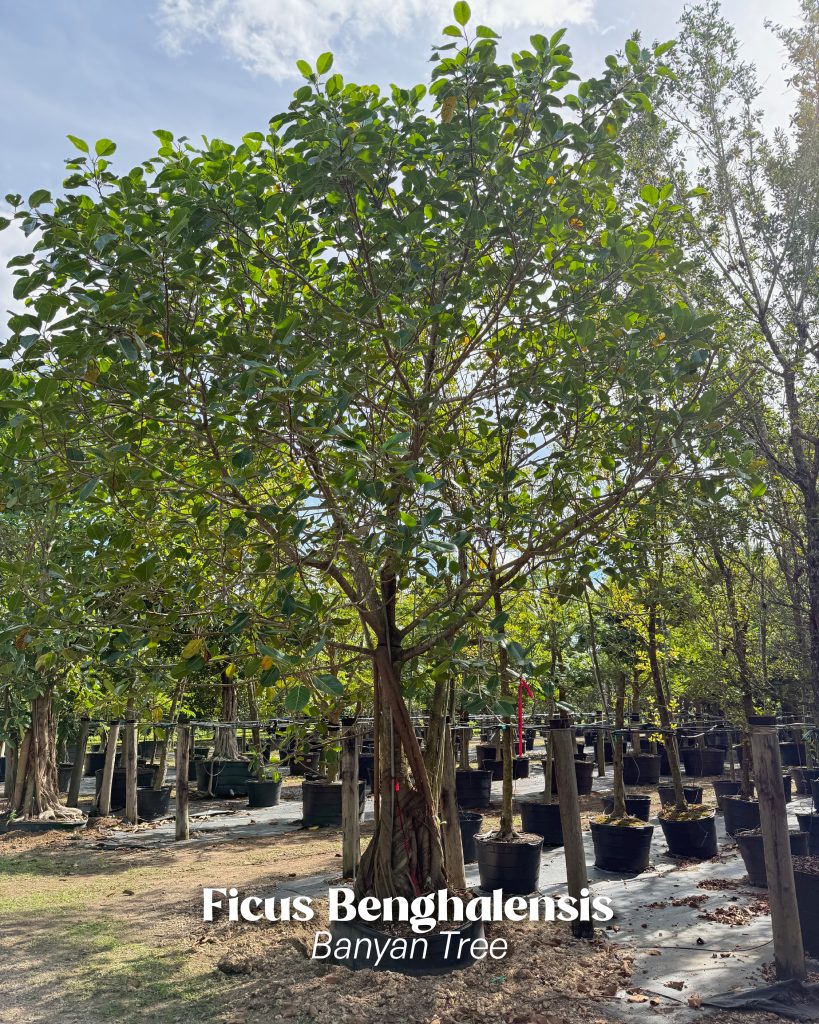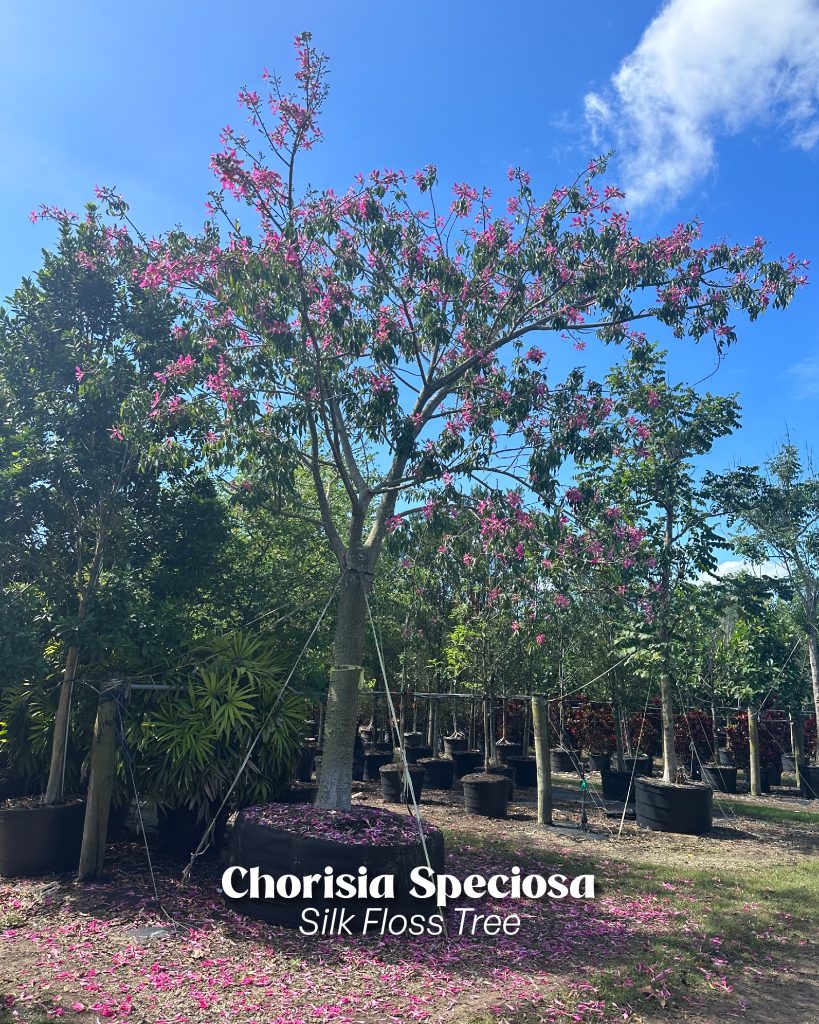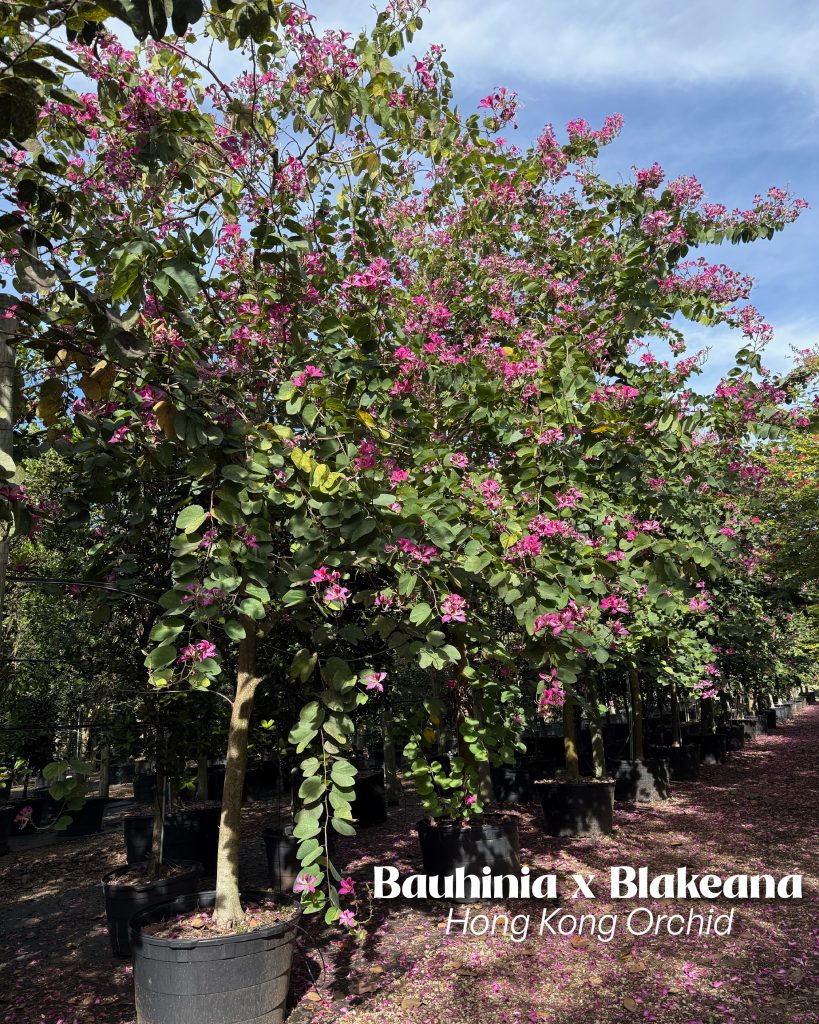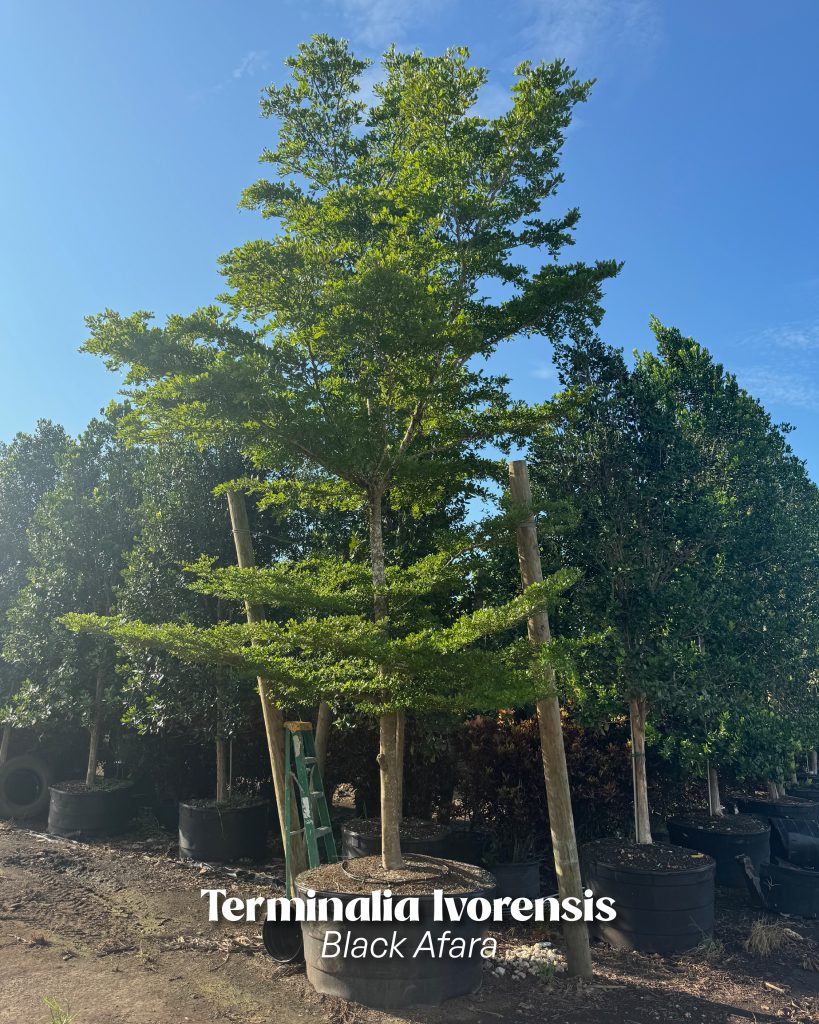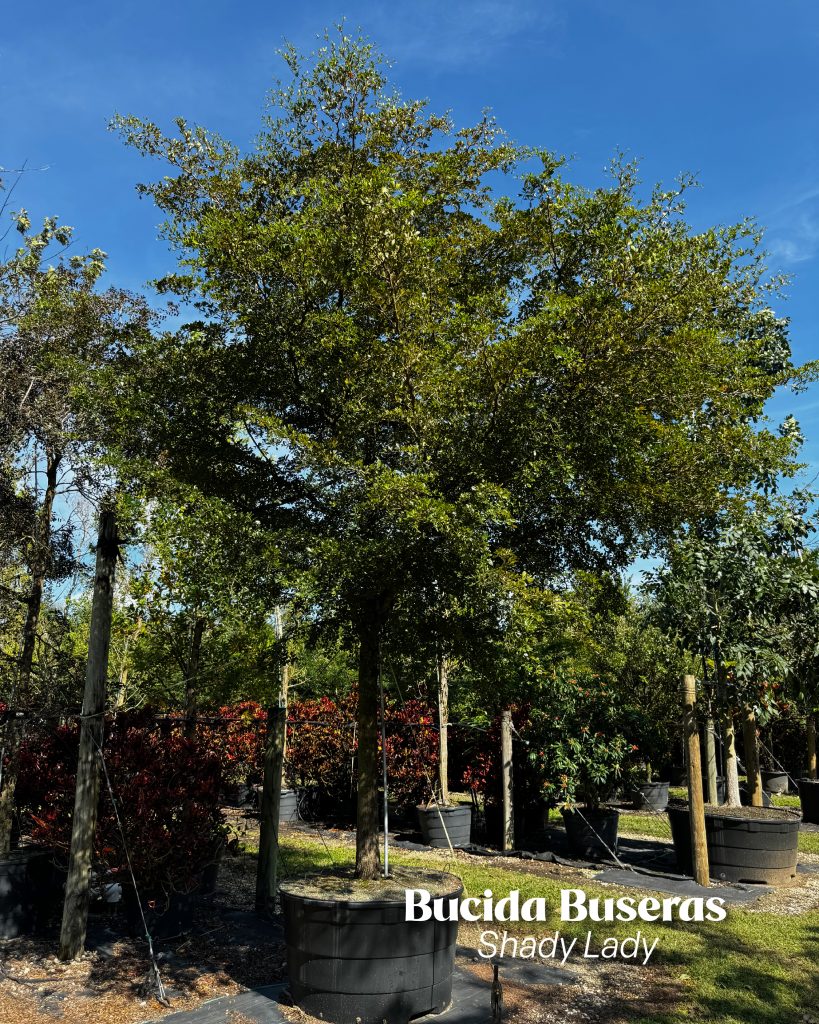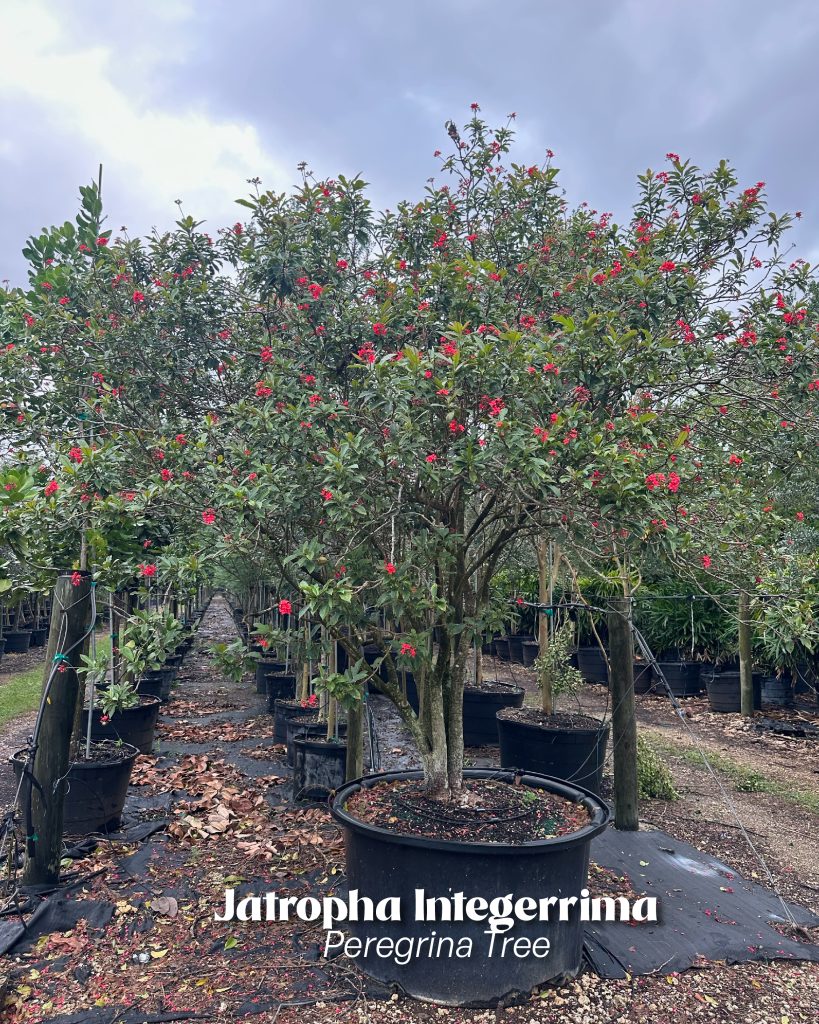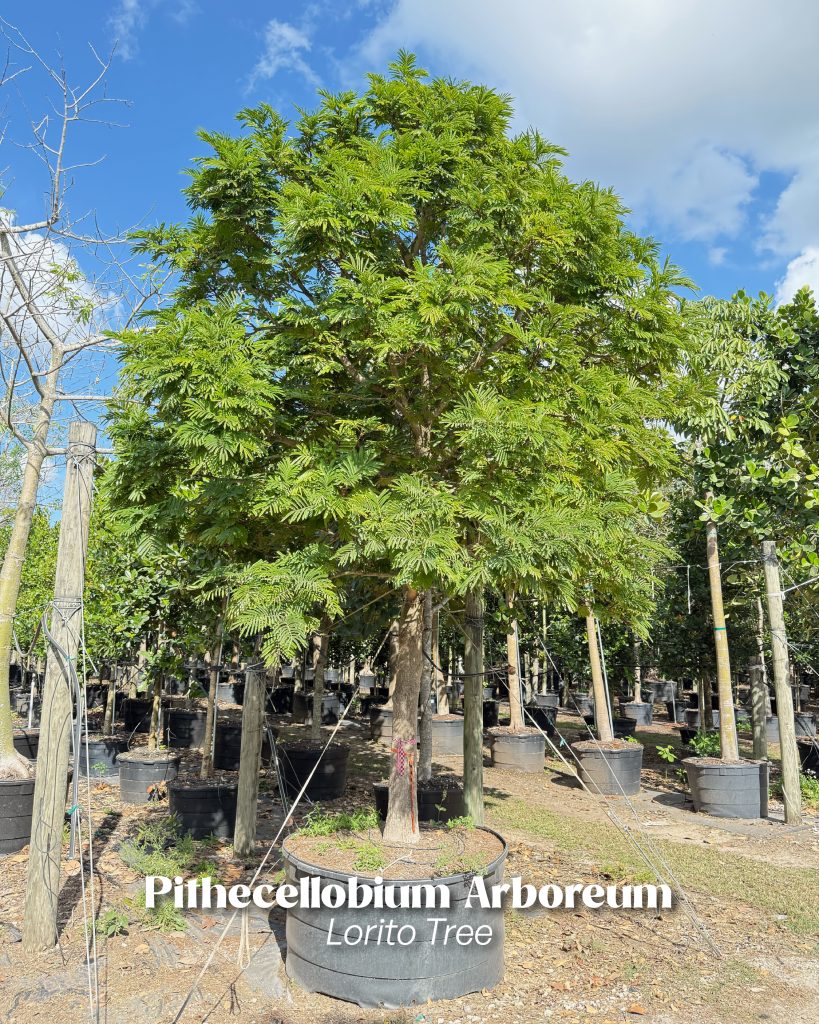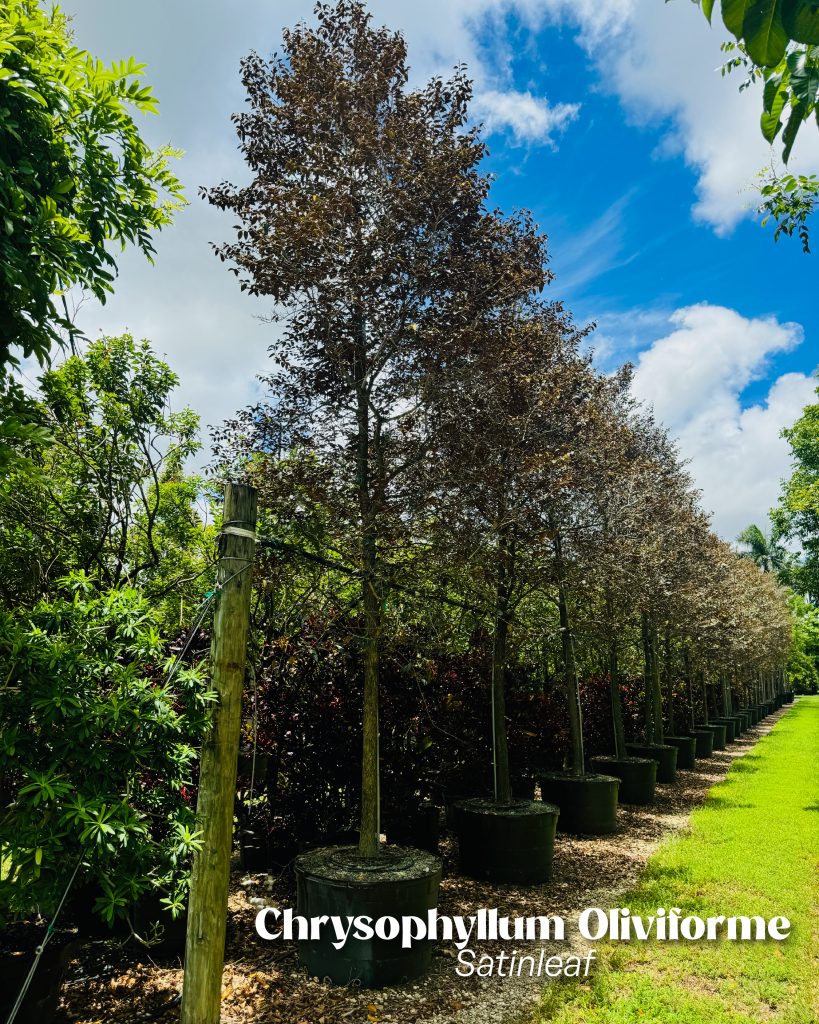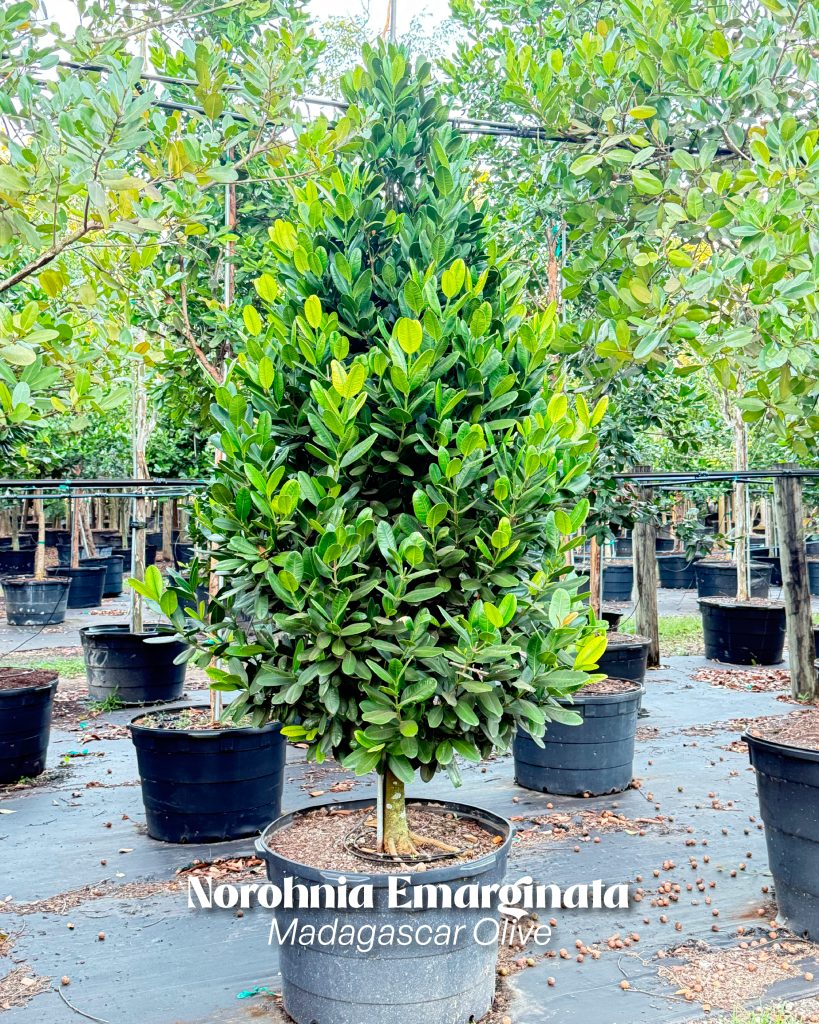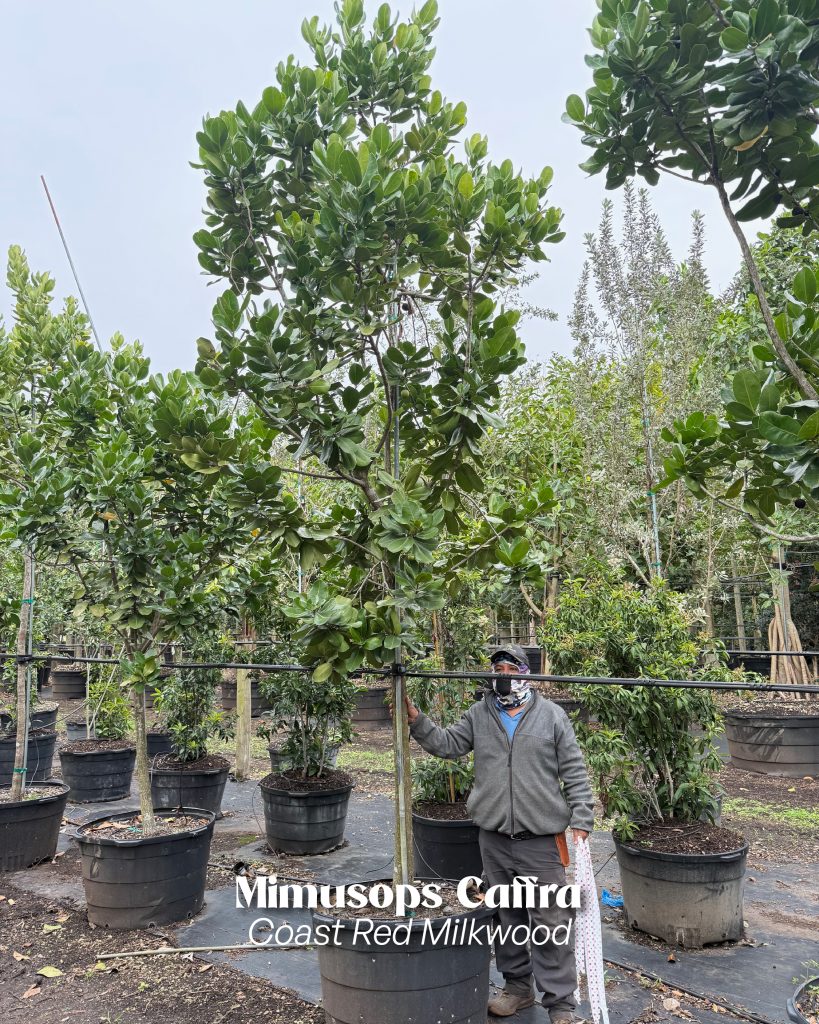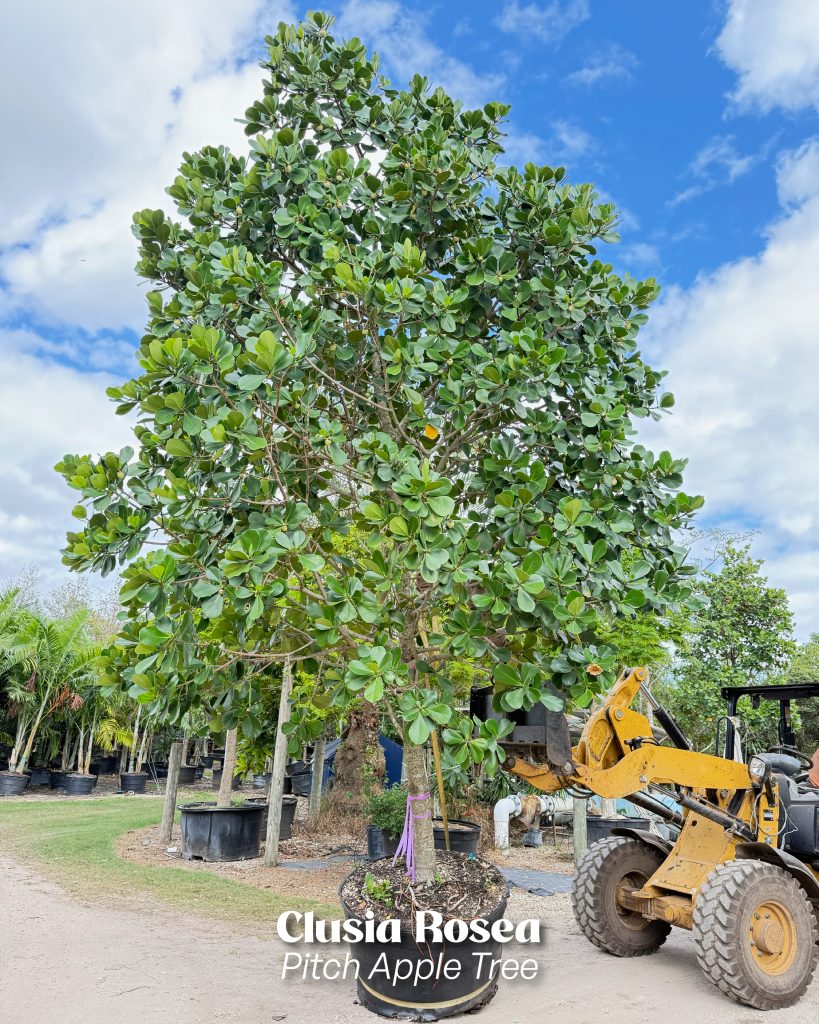How Do You Create the Perfect Garden Landscape Design?
It’s a common question, and as always, the answer depends on your needs, purpose, and objectives. We’ve outlined some ideas that contribute to great garden landscape designs.
A well-designed landscape is more than just aesthetics—it transforms outdoor areas into functional, inviting, and sustainable environments. Whether you’re working with a small backyard, large garden, or commercial landscape, planning ensures that every square foot is used effectively.
By choosing trees wisely, you can create shade, privacy, natural wind barriers, and focal points that enhance your landscape while also being practical. Smart landscape choices promote biodiversity, reduce water consumption, and improve air quality, making your garden both beautiful and sustainable (Want to learn more? Check out our article on creating a sustainable landscape.
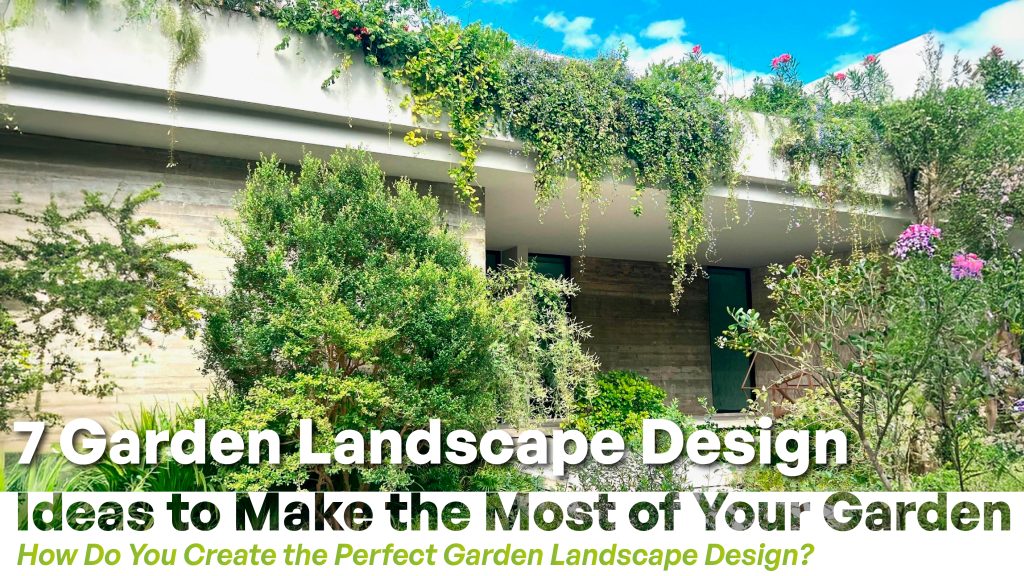
This post explores tree-focused garden landscape design ideas that work for different spaces and styles, whether you’re looking to define pathways, establish a privacy hedge, or add seasonal color while staying true to South Florida’s climate and conditions.
Trees Are the Backbone of Landscape Design
That’s right! Choosing the right trees should come right after defining the purpose of your garden landscape design. Trees serve as the foundation, shaping the entire environment. Whether with their towering canopies, sculptural trunks, or seasonal blooms, they add depth, structure, and character to any outdoor space. They also provide essential benefits such as cooling shade, natural windbreaks, and privacy hedges.
The right trees can transform a garden by attracting birds, butterflies, and pollinators while improving air quality and reducing noise pollution. Whether you want to frame an entrance, create a strong yet natural privacy barrier, or enjoy year-round interest, trees are key.
Know Your Garden Landscape Purpose
As with any project, understanding the science behind landscape planning and design is fundamental. Will your garden landscape design be for shade, privacy, aesthetics, or wildlife? There’s a perfect tree for every purpose and plot size. In South Florida, it’s also essential to consider what will thrive under our specific climate conditions.Here are some top ideas…
Our 7 Garden Landscape Design Ideas:
1. Privacy Hedges & Green Borders
Having a privacy hedge is no longer optional—it’s a necessity. It should be a key element in any garden landscape design. Trees and shrubs create natural barriers against noise, neighbors, and wind, offering privacy without the need for invasive structures. Instead, they enhance your landscape by forming lush, green, and visually appealing boundaries that provide both beauty and function.
There are trees suited for narrow spaces, such as the Bay Rum Tree (Pimenta racemosa), which has a pyramidal structure, while others, like Calophyllum brasiliensis, offer fuller, more voluminous canopies. For a low-maintenance option, the Red Stopper (Eugenia rhombea) and Spanish Stopper (Eugenia foetida) are excellent choices.
For flowering privacy trees, consider the Jamaican Caper (Capparis cynophallophora) or the Florida Lignum Vitae (Guaiacum sanctum), which add a splash of color. In coastal areas like South Florida and the Caribbean, trees such as Sea Grape (Coccoloba uvifera), Green Buttonwood (Conocarpus erectus), and Silver Buttonwood (Conocarpus erectus var. sericeus) thrive while maintaining a resilient and attractive screen.
2. Cooling Shade Trees
A must in the Sunshine State! Shade trees not only provide refuge from the heat, but when placed correctly, they can also help reduce energy costs.
There are many excellent options, such as the Live Oak (Quercus virginiana), which is hurricane-resistant and long-lived, and the Gumbo Limbo (Bursera simaruba), also known for its resilience and salt tolerance.
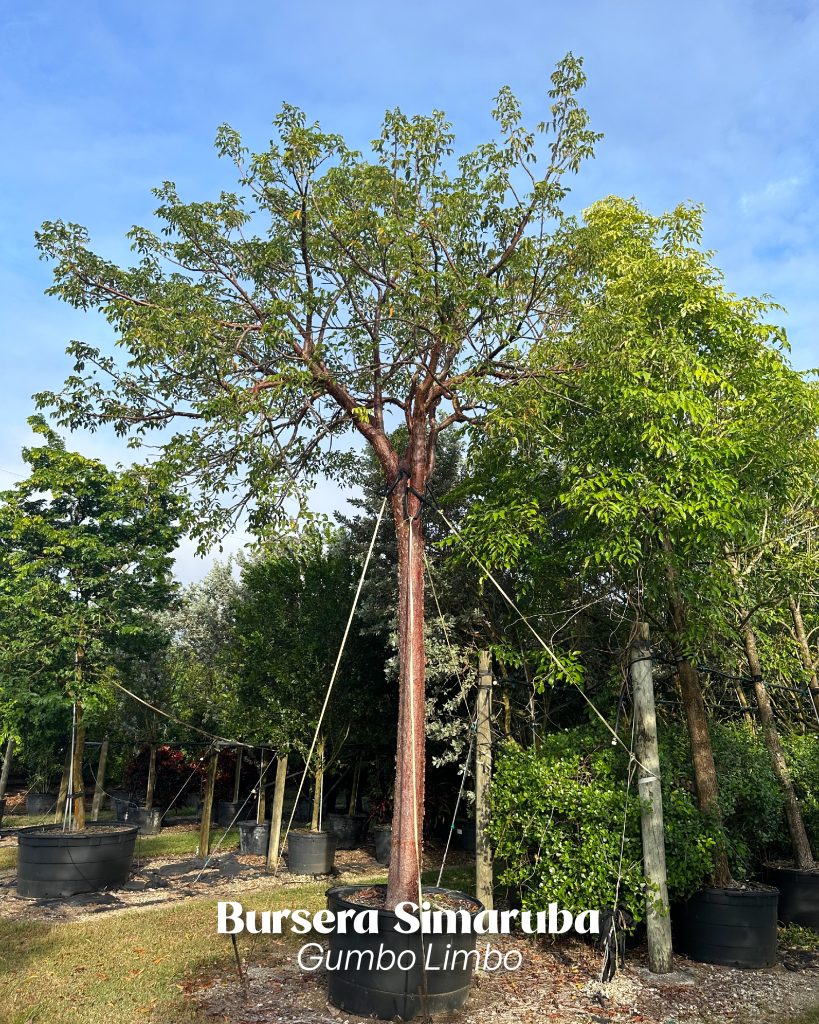
If you’re looking for brilliant flowers, the Royal Poinciana (Delonix regia), available in red or yellow, makes a stunning addition to any garden landscape design.
3. Statement Trees
Some trees stand out in the landscape, becoming focal points—an important element in any garden design. Every well-planned landscape needs a statement piece to draw attention and create visual impact.
Accent trees can be selected based on color and flowering. In that case, the Tree of Life (Guaiacum officinale) and the Queen Crape Myrtle (Lagerstroemia speciosa) are excellent choices for their vibrant blooms.
Another way to select an accent tree is based on its shape and structure. The African Baobab (Adansonia digitata) is striking for its massive trunk and unique silhouette, while the Banyan Tree (Ficus benghalensis) captivates with its aerial roots and sprawling form.
For smaller gardens, the Simpson Stopper (Myrcianthes fragrans) is a beloved native with a sculptural form that adds both elegance and character.
4. A Year-Round Colorful Palette
That’s right! One of the best garden landscape design ideas is to plan seasonally, ensuring there’s always something in bloom.
In spring, Tabebuias and Cassias bring bursts of color, while summer is filled with the vibrant flowers of Royal Poincianas (Delonix regia) and Crape Myrtles (Lagerstroemia spp.). As fall arrives, the Silk Floss Tree (Chorisia speciosa) captivates with its striking blooms, and during the colder months, the Hong Kong Orchid (Bauhinia × blakeana) brightens the landscape.
5. Dramatic Entrances
A welcoming entrance or a well-planned promenade is always a great landscape design idea! From the elegant, towering form of False Ashoka (Polyalthia longifolia) to the inviting, sprawling branches of the Southern Live Oak (Quercus virginiana), create a stunning first impression.
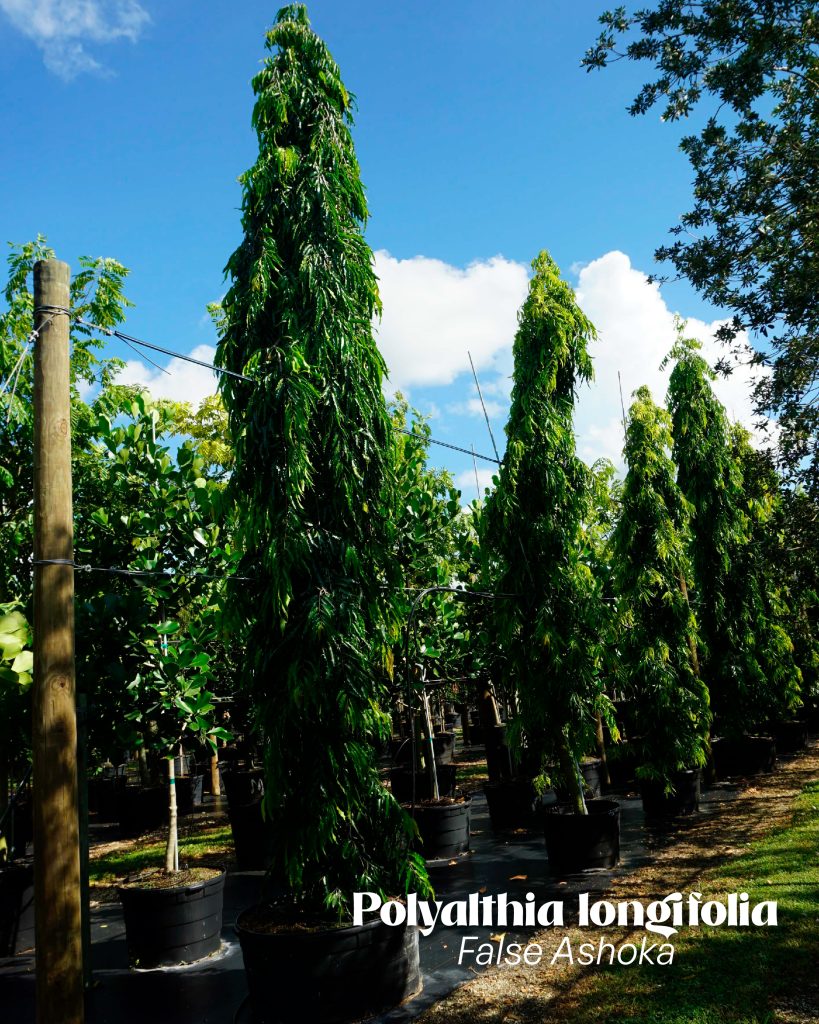
Beautifully designed promenades can be enhanced with Bridal Veil Trees (Caesalpinia granadillo), while the layered, stratified forms of the Shady Lady (Bucida buceras) and Black Afara (Terminalia ivorensis) add captivating architectural interest to the landscape.
6. Attract Wildlife
Step up your garden landscape design by attracting wildlife! Trees shouldn’t be chosen just for their beauty—they should also provide shelter and food for local wildlife, contributing to a healthy ecosystem.
To support local wildlife, consider planting native species like the Jamaican Caper (Capparis cynophallophora), Lignum Vitae (Guaiacum sanctum), or Peregrina (Jatropha integerrima), all of which attract pollinators while adding color and texture to your garden.
7. Hurricane-Ready Landscapes
Since South Florida and the Caribbean are prone to storms, choosing hurricane-resistant trees is crucial.
Some of our best options include Gumbo Limbo (Bursera simaruba), Live Oak (Quercus virginiana), Satin Leaf (Chrysophyllum oliviforme), and Lorito Tree (Pithecellobium arboreum), known for its flexible branches that withstand strong winds.
For windbreaks, consider Madagascar Olive (Noronhia emarginata), Red Coast Milkwood (Mimusops caffra), and Pitch Apple (Clusia rosea).
Contact us!
With a thoughtful garden landscape design, you can maximize your space while ensuring long-term resilience, biodiversity, and appeal. So start planning, pick wisely, and watch your garden bloom! If you need any help contact us at 305-245-6886

